The Skoda Kodiaq SUV has been teased so many times and for so long that we’ve almost become desensitised, but the Czech company has finally pulled the covers off. The new off-roader is the brand’s first entry to the large crossover segment, its first seven-seater vehicle and only its second SUV after the Yeti.
It’s quite striking to look at, at least from the front. Four headlights flank the three-dimensional grille – it’s said to be inspired by traditional Czech glass art and gives the car a futuristic, almost alien look. The rest of the car carries a very simple, clean-cut angular design, with squared-off wheel arches, short overhangs and standard C-shaped LED tail lights providing the Kodiaq with its own visual identity.
Step inside and you’ll find that the minimalist, razor-sharp design has been carried into the cabin as well, with four vertical air vents that dominate the dashboard. A large central display bisects the dashboard into two separate areas for the driver and passenger.
The second-row seats can be folded 60:40, are individually reclinable and can be slid forwards or backwards some 18 cm to provide more room for the optional third row. Practical touches abound, such as Ford Focus-style door edge protection strips (which extend to protect the doors when the latter are opened) and optional electric child locks and sleep headrests.
Other options include a powered tailgate with a handsfree opening function, heated steering wheel, three-zone Climatronic air-con, heated and ventilated, power-adjustable front seats with memory, half-/full-leather or Alcantara upholstery, five trim designs and ambient lighting that is customisable in 10 colours.
Infotainment-wise, the Kodiaq comes as standard with a Swing infotainment system with a 6.5-inch capacitive touchscreen, Bluetooth and Skoda SmartLink (incorporating Apple CarPlay, Android Auto and MirrorLink). The optional Bolero system gets an 8.0-inch HD screen and an In-Car Communication (ICC) function that uses the handsfree microphone to project the driver’s voice to the other occupants.
On top of that, buyers can specify the Amundsen navigation system with a special display mode for driving off-road or narrow car parks, or the Columbus navigation system with 64 GB of flash memory and a DVD drive. LTE connectivity, a WiFi hotspot feature, Phonebox with Qi wireless charging, a 575 W 10-speaker Canton sound system, rear tablet holders and a 230 V power socket are optional, while Skoda Online adds Infotainment Online features and Care Connect emergency, remote access and assistance functionality.
Built on the Volkswagen Group’s MQB platform, the Kodiaq measures 4,697 mm long, 1,882 mm wide and 1,676 mm tall – making it 40 mm longer than the Octavia – with a wheelbase of 2,791 mm. Lightweight construction, including hot-stamped metal sheets for the backbone, enables the big SUV to tip the scales of just 1,527 kg in base front-wheel drive form, or 1,615 kg with a 1.4 TSI engine and all-wheel drive.
The dimensions provide the car with an interior length of 1,793 mm and 1,527 mm of elbow room in front and 1,510 mm at the rear, as well as 1,020 mm of headroom in front and 1,014 mm at the rear; rear legroom is up to 104 mm. Luggage capacity stands at 720 litres, expandable to a whopping 2,065 litres with the rear seats folded; the optional folding front passenger seat enables the Kodiaq to transport items up to 2.8 metres long.
In terms of safety, the Kodiaq comes with Front Assist including City Emergency Brake as standard, and is available with items like Predictive Pedestrian Protection, Adaptive Cruise Control (ACC), Lane Assist, Traffic Jam Assist, Blind Spot Detect and Travel Assist with Traffic Sign Recognition.
Other optional active safety features include Driver Alert, Emergency Assist (brings the car to a safe halt if the driver is incapacitated), Crew Protect Assist (closes the windows and sunroof and tensions the seat belts if it senses an impending collision) and a Multi-Collision Brake (reduces movement after an accident).
There are also features meant to make it easier to manoeuvre the bulky vehicle, such as Rear Traffic Alert, Tow Assist (controls steering when reversing with a trailer), Manoeuvre Assist (which puts the brakes on if the parking sensors detect an obstacle) and a 360-degree Area View camera system.
Engine choices run the gamut of three TSI petrol and two TDI diesel engines – the 1.4 litre TSI engine features Active Cylinder Technology (ACT) and is available in either 125 PS/200 Nm or 150 PS/250 Nm variants, while the 2.0 TSI produces 180 PS and 320 Nm of torque. Meanwhile, the 2.0 TDI comes in 150 PS/340 Nm and 190 PS/400 Nm flavours.
The entry-level 1.4 TSI is only available with a six-speed manual transmission and 2WD, while the 150 PS version comes with either the manual or a six-speed DSG dual-clutch transmission and either 2WD (DSG only) or AWD with an electronically-controlled multi-plate clutch. The base 2.0 TDI mill is offered with a choice of the manual ‘box or a new seven-speed DSG, and either 2WD (again DSG only) or AWD, and both the top 2.0 TDI and TSI mills are available exclusively with the seven-speed DSG and AWD.
Underneath, the Kodiaq gets front MacPherson struts, a four-link rear axle and electro-mechanical steering, with Adaptive Dynamic Chassis Control (DCC) dampers available as an option. Driving Mode Select is also optional and comes with Normal, Eco, Sport and Individual Modes, along with an extra Snow mode (and an optional Off-Road mode with Hill Descent Assist) on AWD models. There’s also XDS+ electronic differential lock on both front- and all-wheel drive models.
Looking to sell your car? Sell it with Carro.

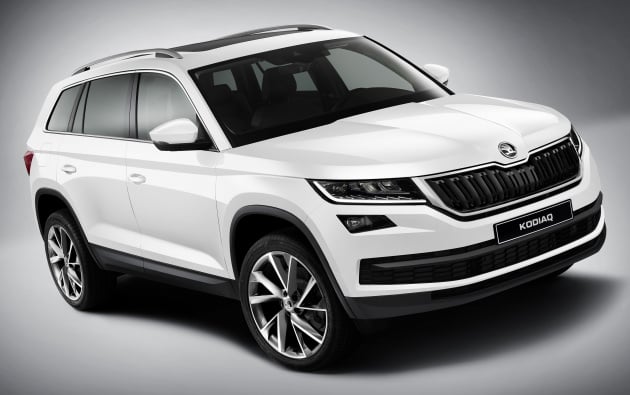
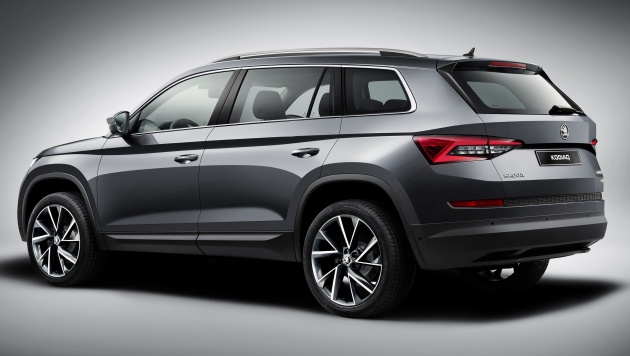
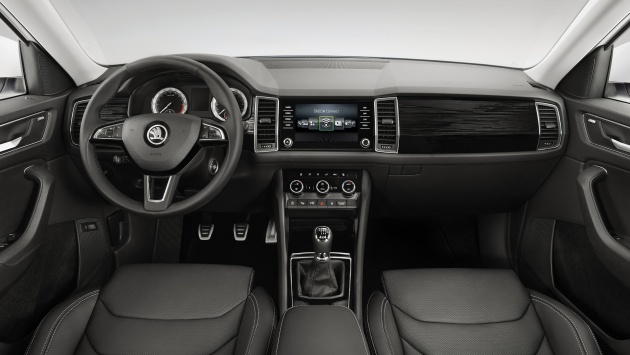



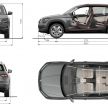
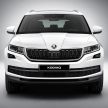
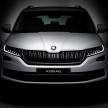
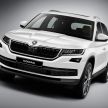
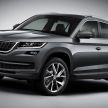
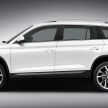
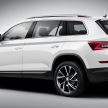
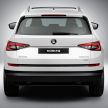
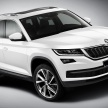
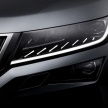
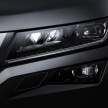
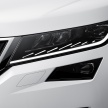
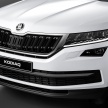
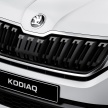
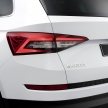
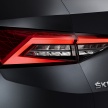
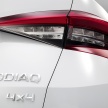
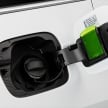

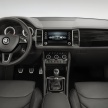
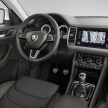
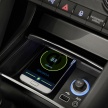
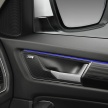
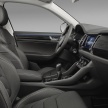
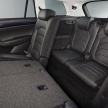
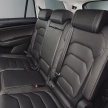
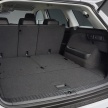
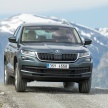
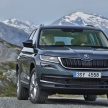
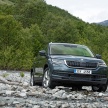
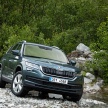
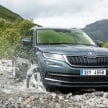
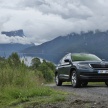
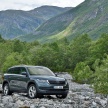
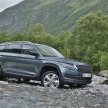
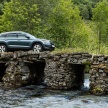
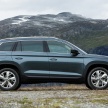
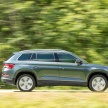
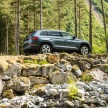
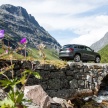
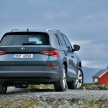
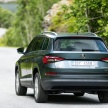
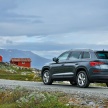
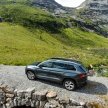
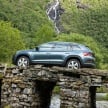
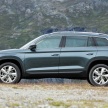

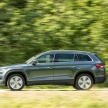
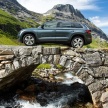
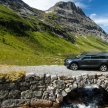
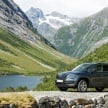
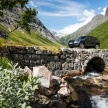
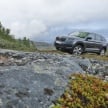
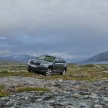
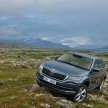
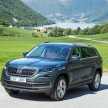
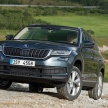
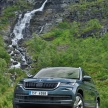
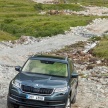
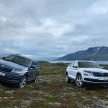

bring back Skoda !
As if anyone would buy one…
It makes me sad that Skoda is dead here. Paultan team, able to find out any news regarding the status of the brand in Malaysia?
think i saw a koleos in a blink
Ckd dat theng and ship it here…
Together with the superb…..which is superb…
Kokdiang? Apa nama?
will be selling well in kokdiang, kedah
tu dia… baq ang..
Skoda should consider returning to Malaysia. Like Dacia, they’re criminally underrated and often misunderstood. Yes, those days Skodas and Dacias were rubbish, but their current models are big sellers for a reason.
I’m not mistaken, Skoda cars were first sold in Malaysia during the 1980s. But they could have been here much earlier, as Skoda is one of the oldest car brands in the world. According to Uncle Chips Yap, the (now defunct) SMI plant in Kuching used to assemble Skoda cars in the 80s. Not sure which model(s) though.
In the early 90s, Skoda sold the Favorit here… which didn’t sell well. In the 2000s, they brought in the Fabia and Octavia, which were actually VWs in Skoda dressing. This was before VW themselves officially re-entered Malaysia, so had Skoda taken off here in the early 2000s, VW wouldn’t be here today.
If Skoda wants to come back, just bring one model… the Citigo. Confirm 101% it will be a top seller here. Unfortunately, because it will likely be priced around RM60k or so, our government won’t approve it. Until now, VW has not brought in the Up! either.
No more DSG please.
Outside of Malaysia people want DSG (or manual). The Malaysian market is so insignificant that it doesn’t matter what people want. You wouldn’t do changes that win a few hundred customers, but would lose tens of thousands of customers in another market.
Dacias are still rubbish (well, better than before, of course, but they are at best as good as Toyota).
The Favorit was the end of the Skodas developed without help by VW. They weren’t good.
Skoda shouldn’t bring the Citigo. It’s an ugly version of the up!. As in, the up! looks good. Really good. The Citigo really messes up however, and it’s one hell of an ugly car.
What they should bring is the Fabia, Octavia and Superb.
They should also be distributed by the same company that has recently taken over VW… PSH? Also, in the background, VGM should be doing the same things for Skoda as they do for VW. That way, assembly can be done in their factories. Spare parts are shared anyway, so they just need to bring in a bit more stock. Depending on demand the parts get installed into a VW or a Skoda. The SC should be shared… put up another sign that says Skoda next to the VW sign. Maybe a different queue for Skoda drivers (since they pay less, they may get not so good service… or rather, VW should improve service levels on their side!). But same mechanics, same SC. Sales rooms can be shared too… make a bit space, and place Skoda models next to the VW. They feel a bit cheaper, so potential buyers can compare. Maybe someone goes for a VW, but decides it’s too expensive… but instead of turning away he’ll check out the Skoda. Maybe he’ll look at a VW and thinks, mh, space is a bit limited. Well, instead of going to Toyota, the SA suggests he should check out the Skoda counterpart. Maybe someone goes for the Skoda but walks away with a VW. There is plenty they can do with using the same infrastructure for both.
Also, because some people will buy Skodas, thus in the end there being more VW group cars on the road, it justifies the setting up of more SC. And because they are shared, that simply means a denser, more convenient network of SC for both VW and Skoda drivers.
Just wonder why Proton can’t produce something like that….
Because
a) Skoda gets access to the entire VW warehouse. They were able to take a Tiguan, supersize it, put a new skin on top and call it a day. Proton has to start from scratch, thus would have to spend much more to develop the car.
b) There is demand for this SUV, being sold internationally by a brand with good reputation. There is no demand locally for a large Proton SUV, and Proton doesn’t really export cars. It’s pretty much the local market only.
a copy of vw tiguan i believe
bring back Skoda to malaysia